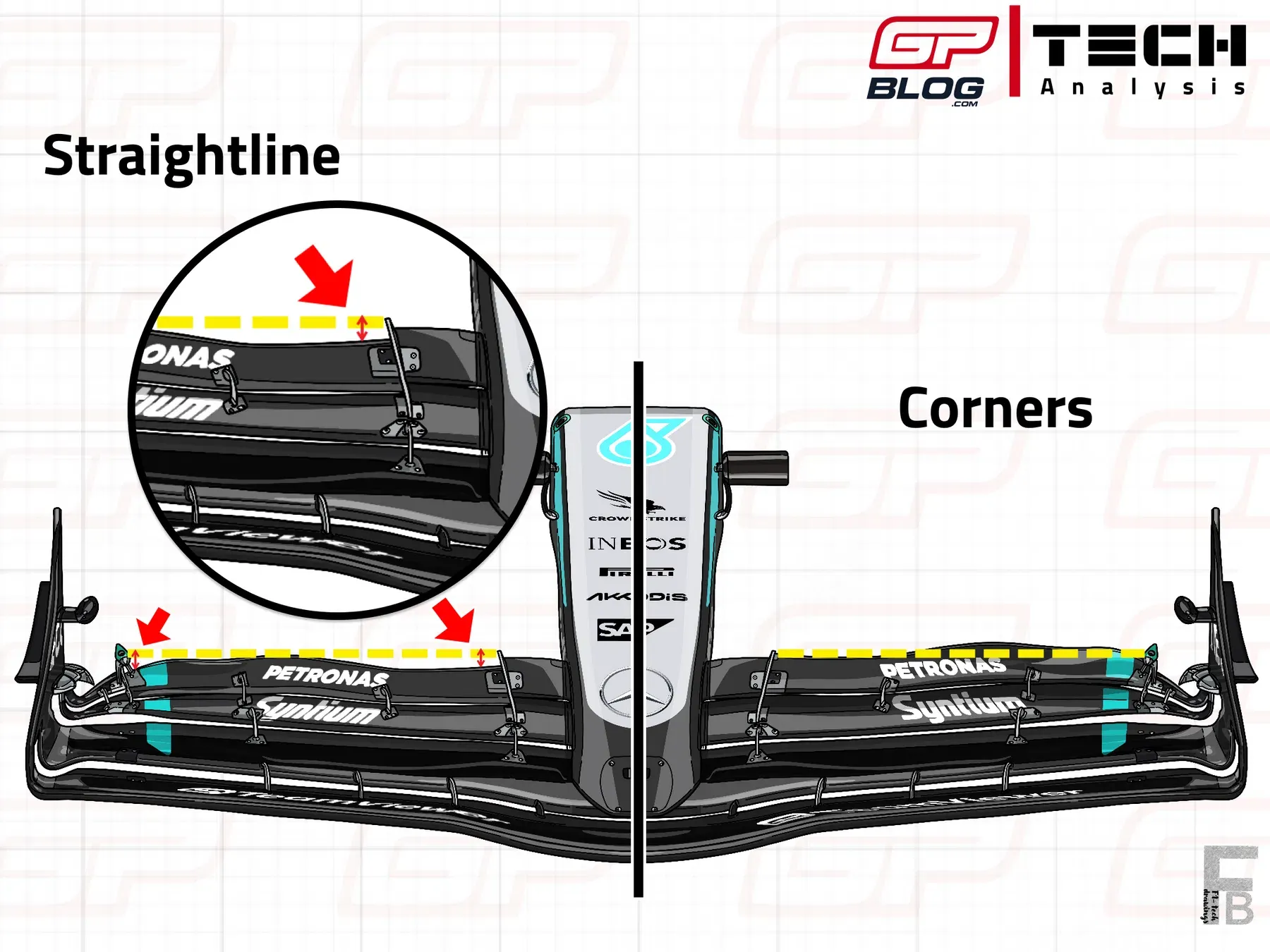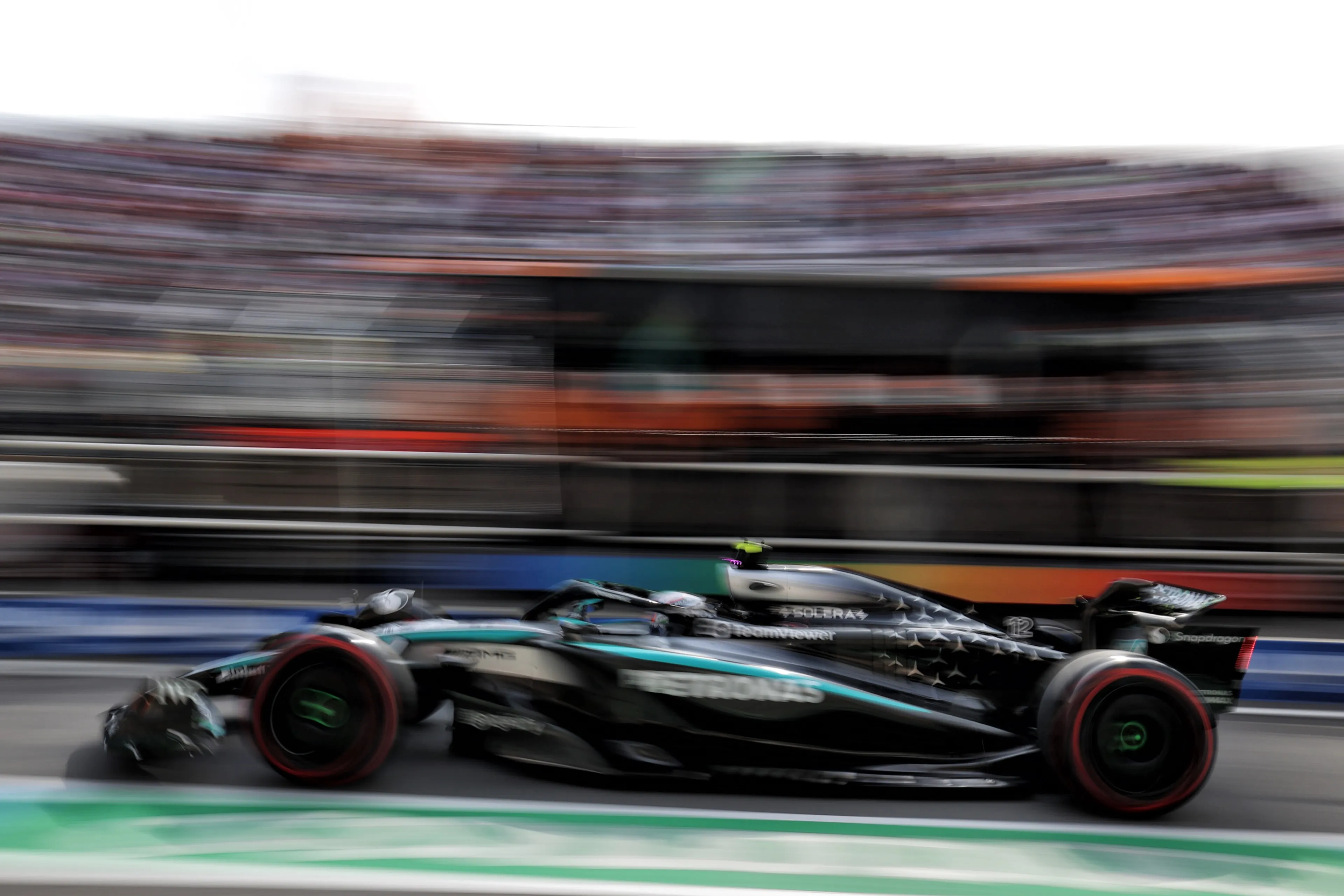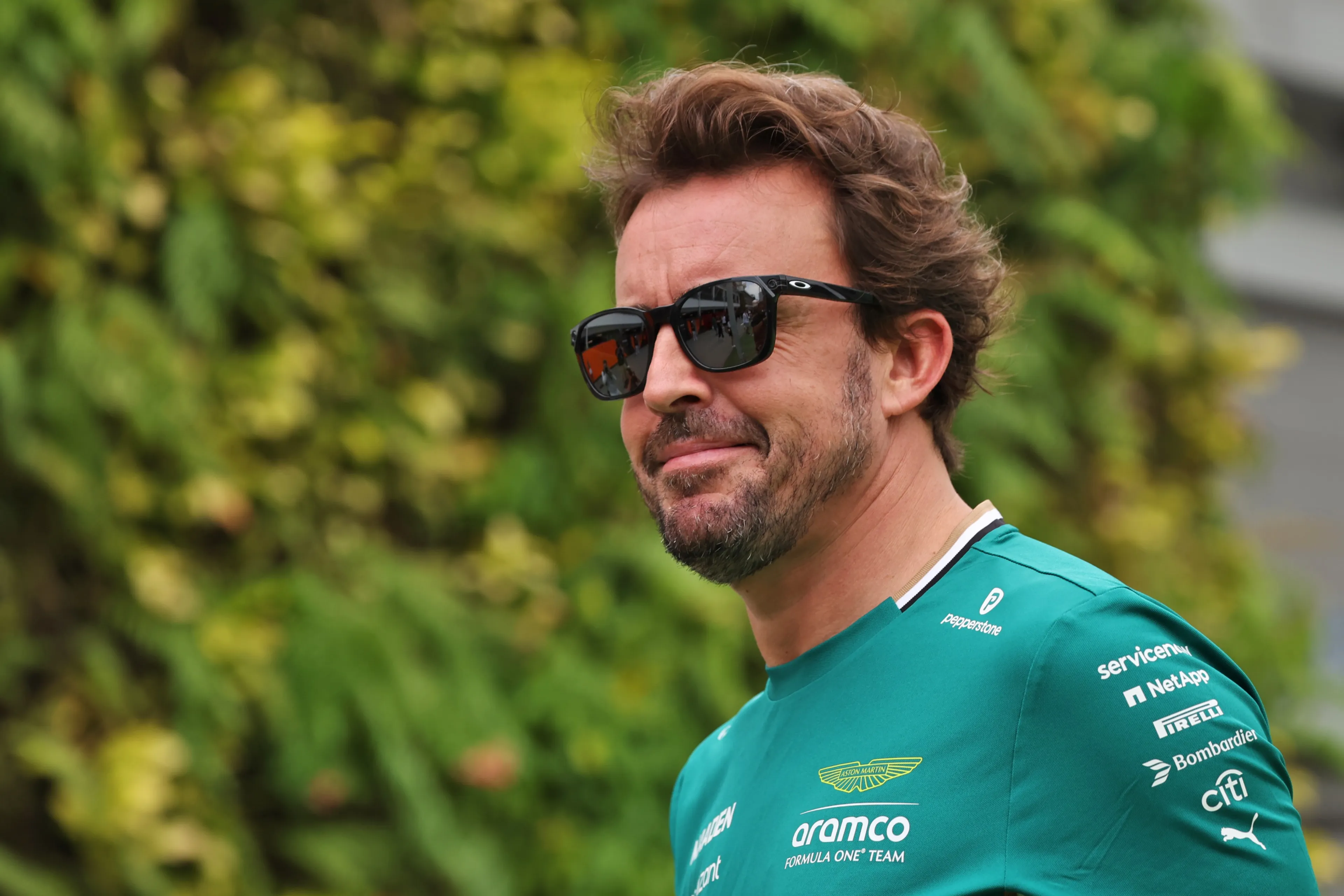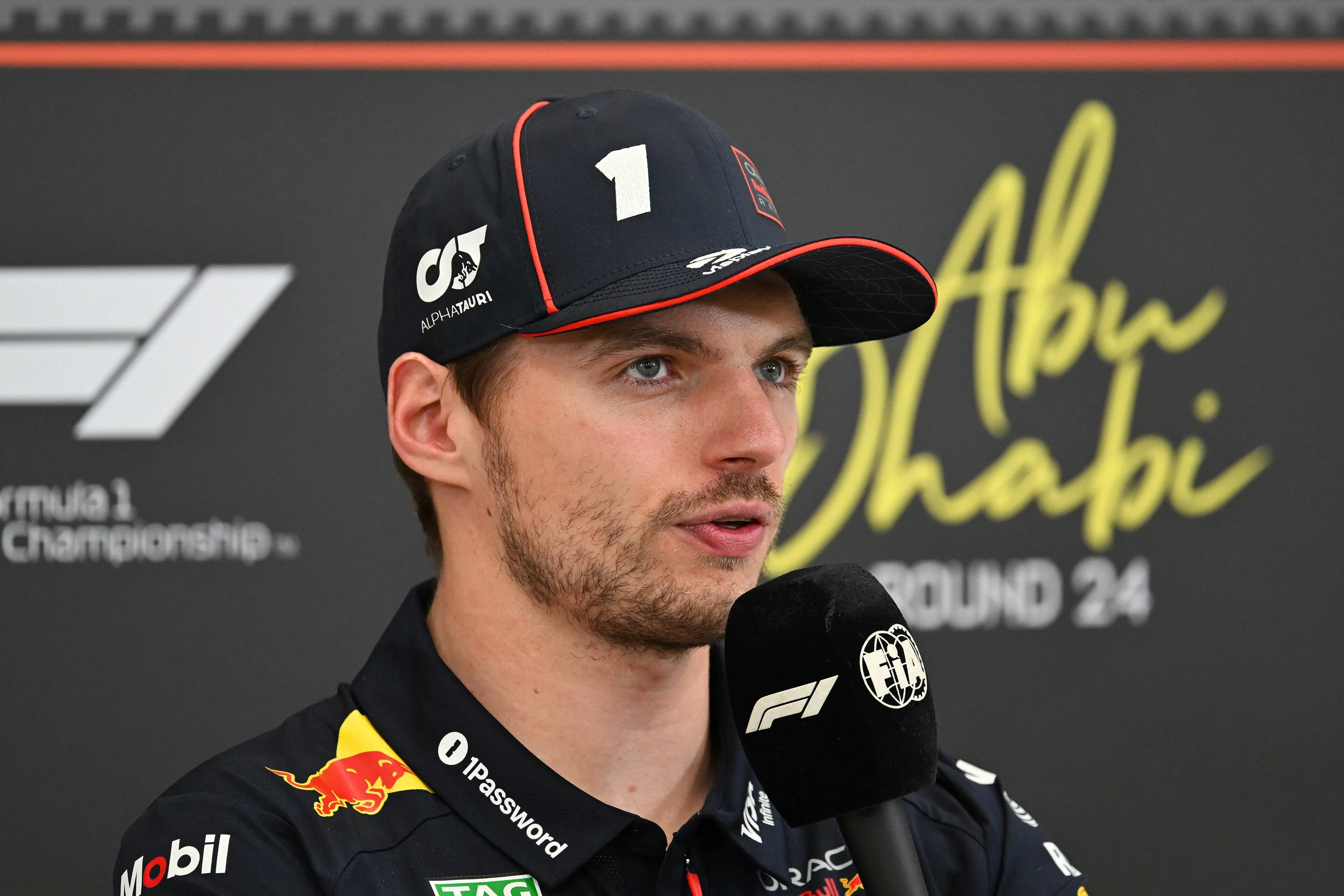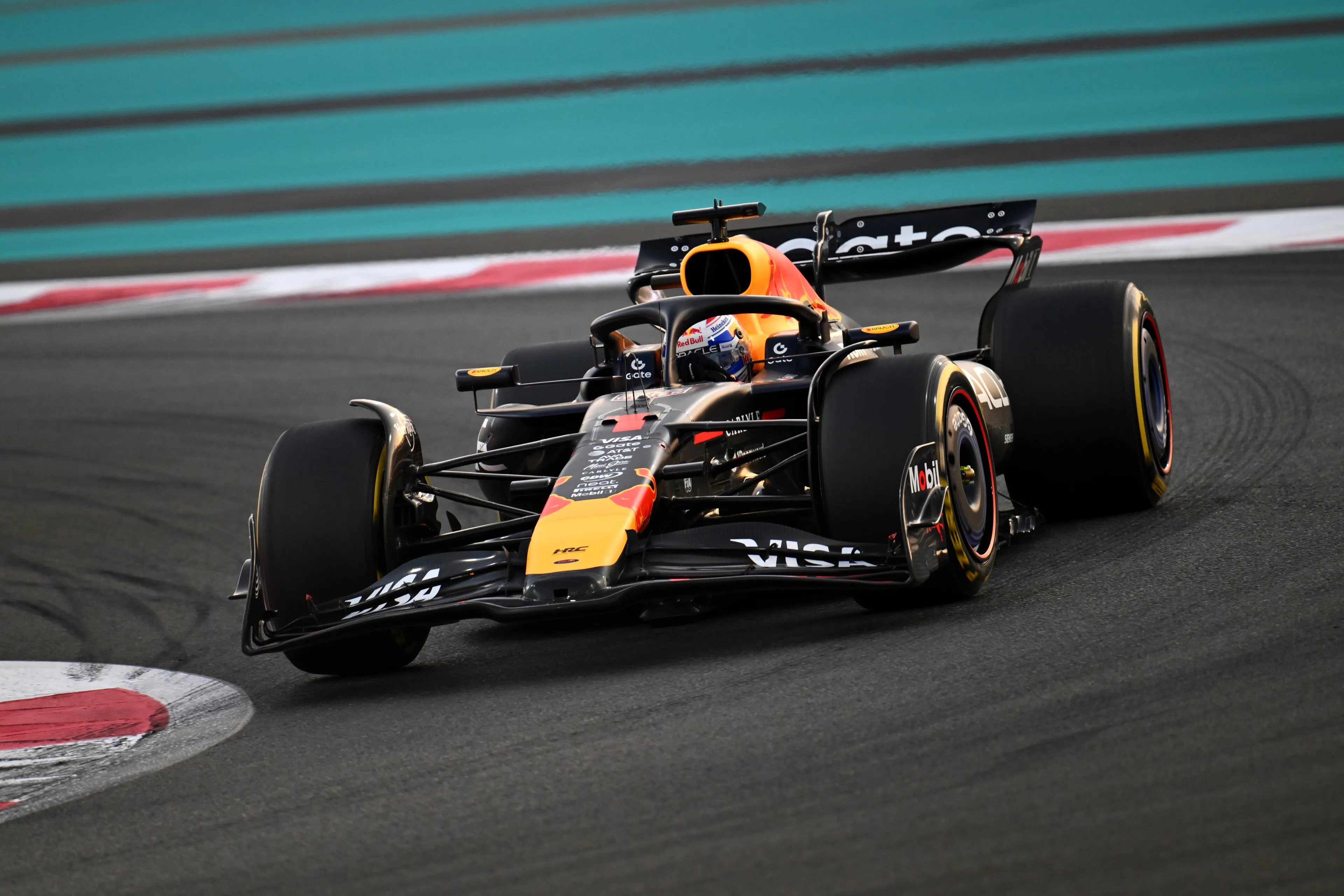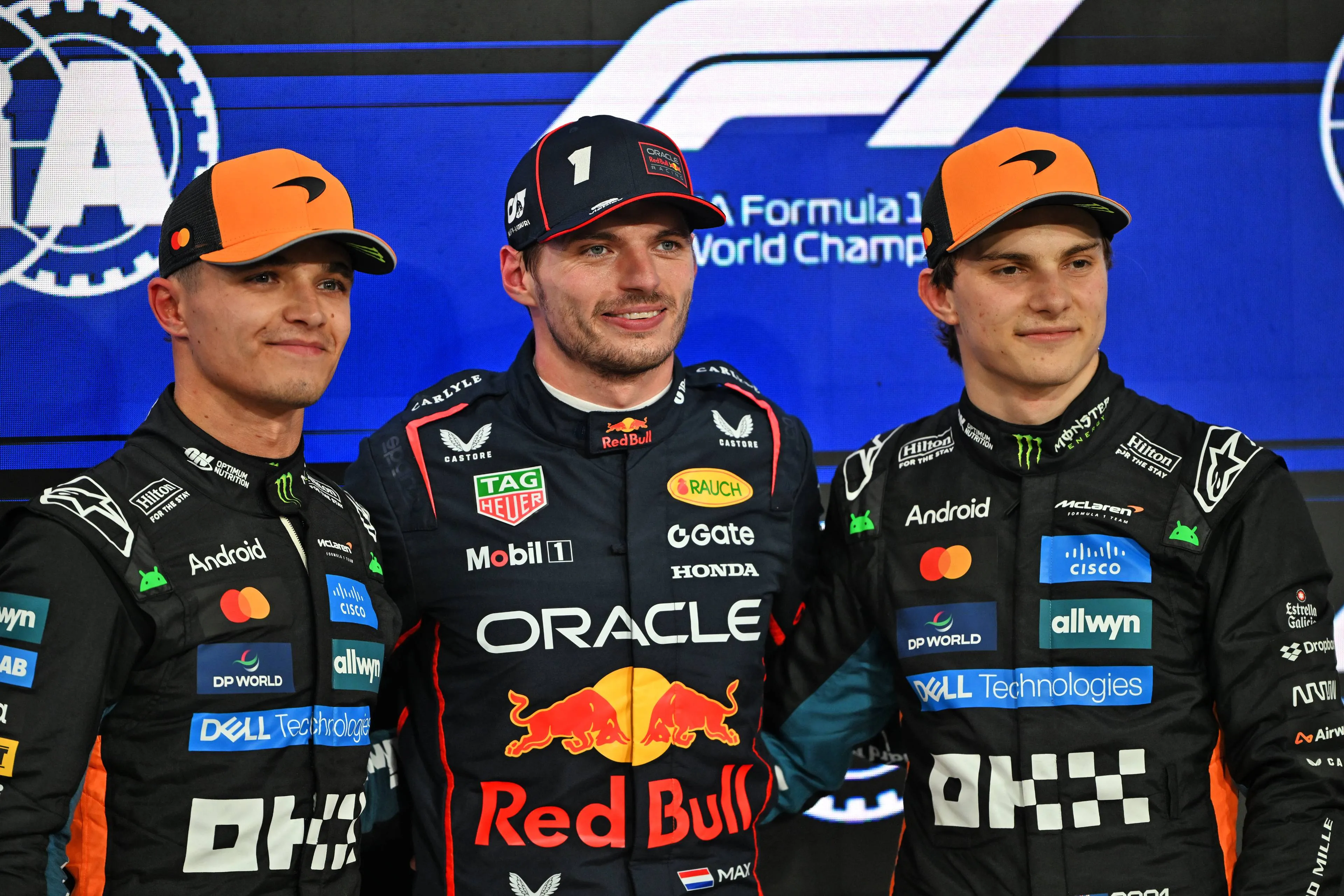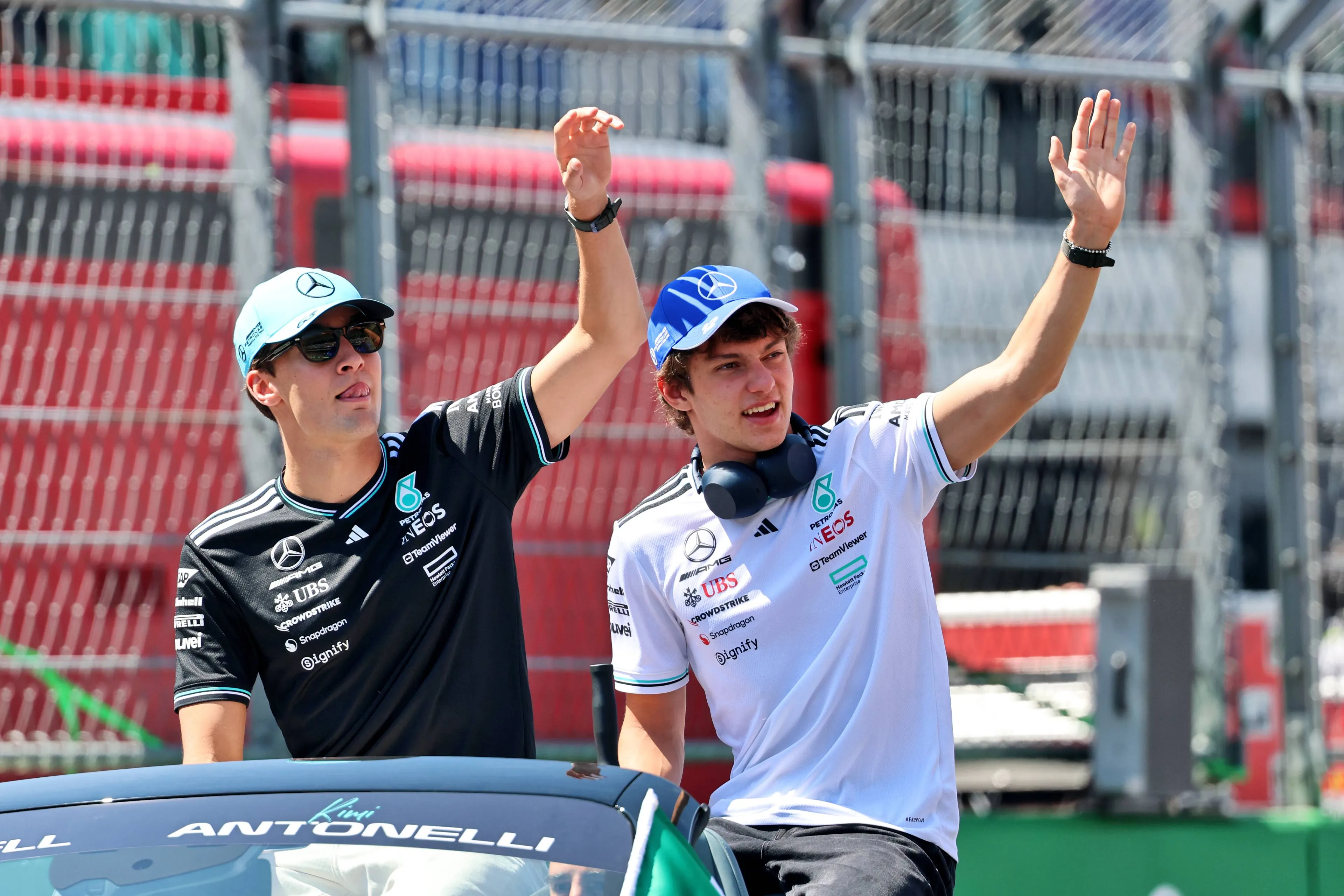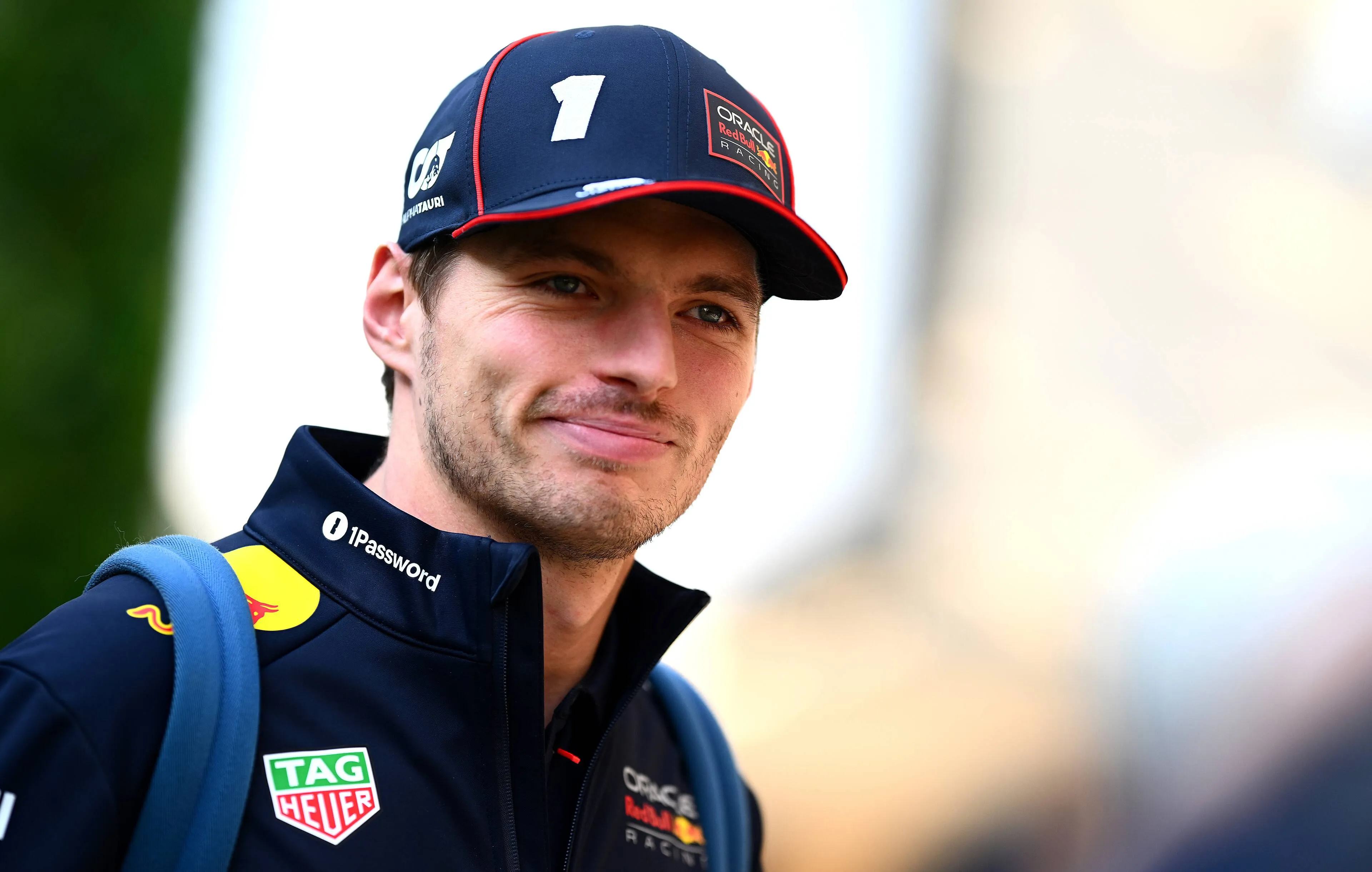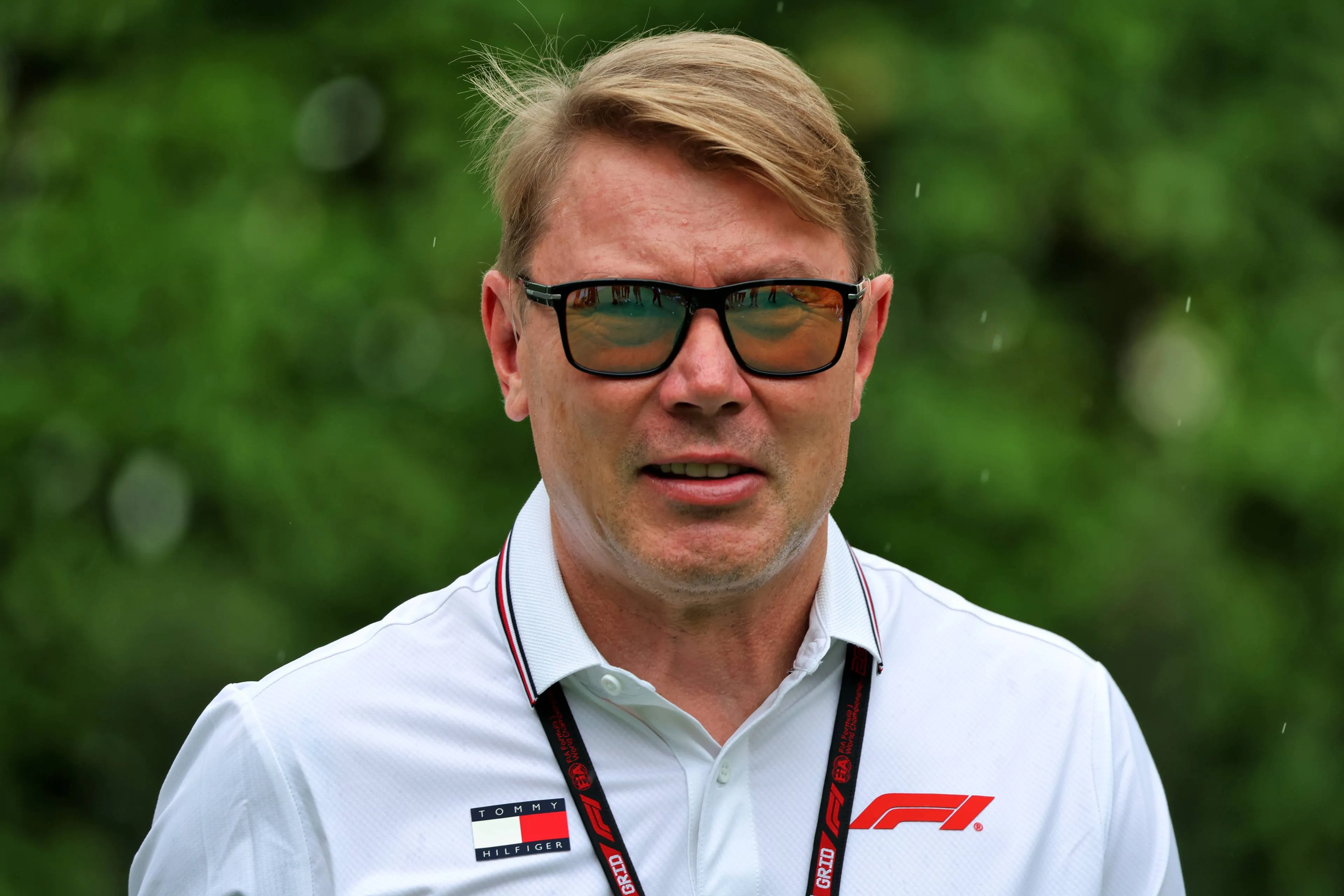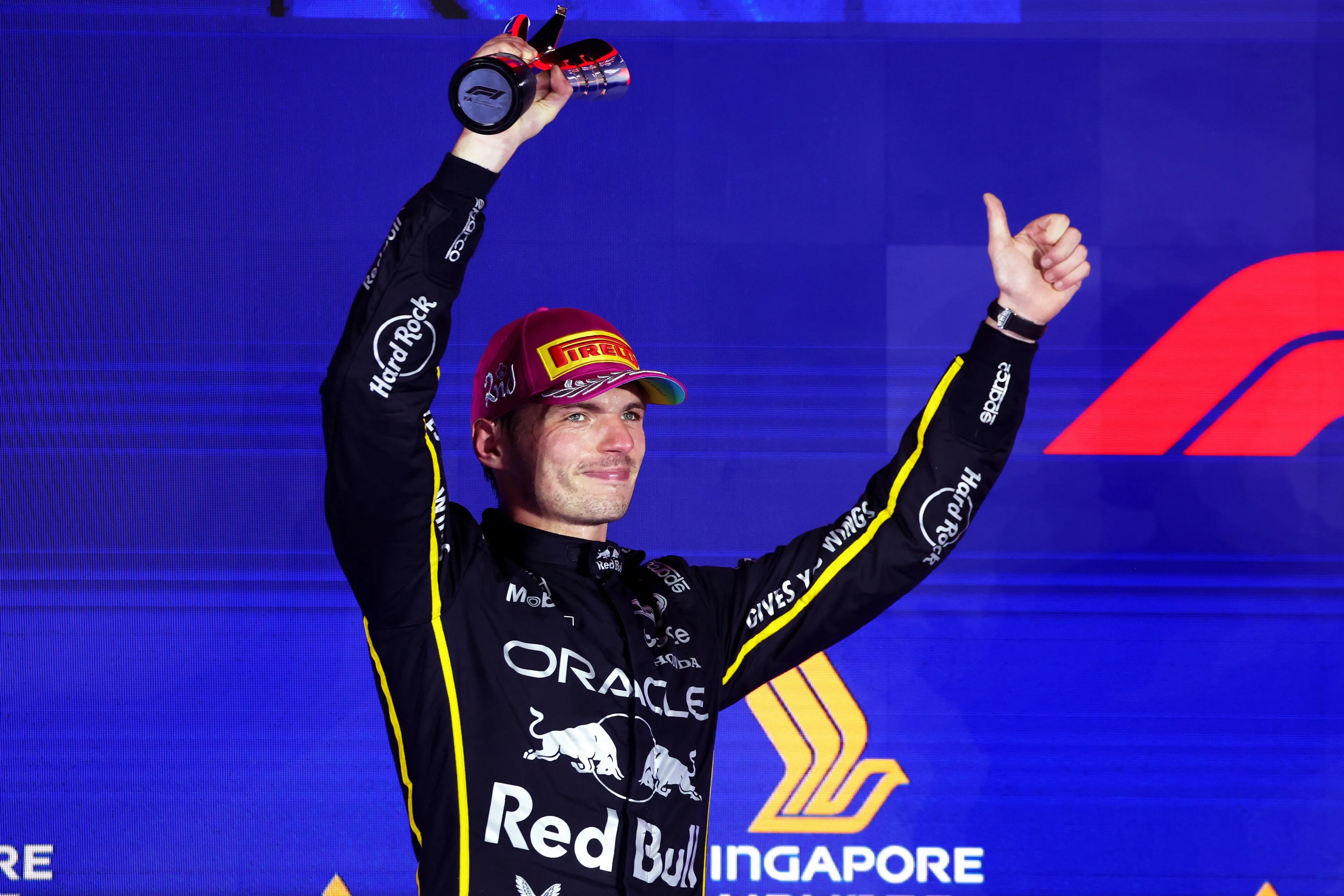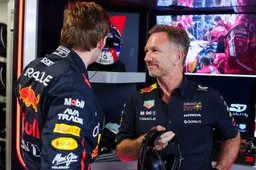F1 Tech | Inside the secrets of Mercedes dominated weekend in Canada
18:01, 16 Jun
Updated: 19:08, 16 Jun
0 Comments
Coming into the weekend, everyone expected Mercedes to be particularly strong in Montreal, but very few expected such a smooth and dominant weekend from the Brackley team. The new rear suspension (introduced in Imola and brought again in Canada) gave the car very good traction, fundamental on a stop-and-go layout. Let’s try to have a deeper look at it.
During the first half of this season, Mercedes have always been particularly strong on those tracks where traction was needed, like Shanghai or Bahrain, expressing phenomenal performance, especially in qualifying, as the W16 was able to exploit the grip offered by the soft tyre.
Despite this big strength in traction and slow-speed corners, the car suffered from hot temperatures on the rear limited circuit, meaning that rear tyres started to overheat after a few laps, making both Russell and Antonelli lose tons of lap time as a direct consequence.
To try and prevent this from happening, Mercedes introduced a new rear suspension in Imola, which featured a repositioning of the front arm of the rear suspension upper triangle. As highlighted in the picture below, in the new rear suspension, the front arm is attached to the bodywork much further below, almost at the same point as the front arm of the lower triangle did (red arrow).
In the old version, instead, the front arm was placed much higher, creating a height difference with the lower triangle, as highlighted by the yellow arrow in the picture on the left-hand side.
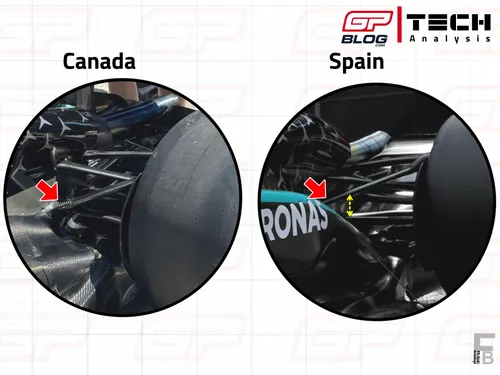
Mercedes new rear suspension for the Canadian GP
This new component not only had aerodynamic benefits, given by the closer disposition between the two elements just mentioned, but also aimed at improving the W16’s mechanical balance on the rear axle, improving the tyre management on rear-limited circuits.
Despite the good results seen in simulations, Mercedes engineers decided to set the new suspension aside for the two upcoming races (Monaco and Spain) and kept using the old spec to have a more stable platform and a more predictable car to drive for Russell and Antonelli.
Another crucial update was the new floor brought in from Barcelona. To improve the performance of the car in the high-speed corners, Mercedes brought a revised floor edge for the Spanish Grand Prix: as highlighted in the picture below, the floor edge wing featured 3 more vortex generators than the previous version (blue arrows).
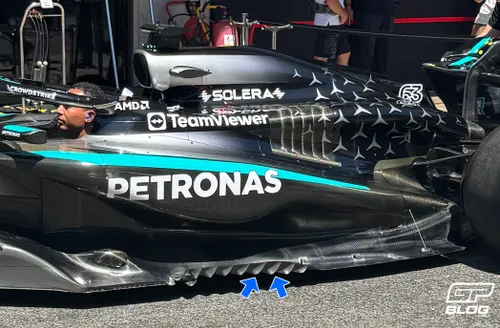
Mercedes W16 new floor introduced at the Spanish Grand Prix
This new design mainly aimed at improving the flow extraction in that area, preventing the front tyre turbulence from being sucked under the Venturi channels, which would be a big disadvantage in terms of downforce generated.
The new rear suspension reappeared in Montreal
Coming into Canada, Mercedes decided to fit the new rear suspension again on both cars, but this time was to keep it for the rest of the weekend. The positive results were immediate: Russell and Antonelli looked on top form since FP1, setting competitive lap times and dominating all slow-speed sections and traction zones.
This competitiveness also reflected on the tyre management simulations done in FP2: the W16 was much more stable and balanced, keeping the tyres in the right operating window without overheating the rear tyres. This was also due to the very low grip and smooth asphalt of the Circuit of Gilles Villeneuve.
Moreover, the more downforce generated by the new floor guaranteed a much more stable platform in changes of direction, like in turns 8-9 or 6-7, making the W16 almost unbeatable in the second sector for the whole weekend.
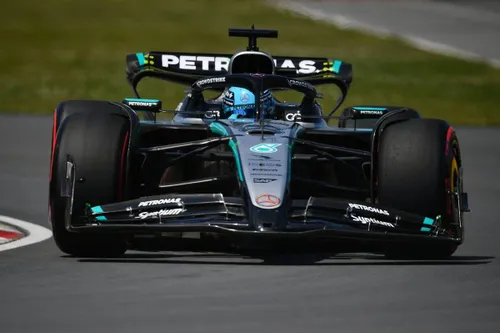
George Russell during qualifying
In qualifying on Saturday, however, the scenario slightly started to change for Mercedes: the soft C6 gave made the car much slower and unbalanced in Q2, as it moved a lot through chicanes and in traction, depriving the W16 of its strengths seen on Friday.
To solve this issue, Mercedes engineers decided to make the last run in Q3 on the medium C5, which was a slightly harder tyre than the C6 and a bit more robust, consequently giving the W16 more stability in changes of direction.
The results were clear: as soon as Russell put the mediums on for the last run in Q3, he improved by about seven-tenths compared to his first run and managed to get pole in front of Verstappen, with Antonelli in P4 as well, proving the great superiority of Mercedes on such a stop-and-go circuit.
In the post-qualifying interviews, Russell pointed out the reason behind Mercedes' competitiveness on these kinds of layouts: “And any circuits we go to where the tyres aren’t overheating, such as here, such as Vegas last year, we performed really well.”
“And any circuits we go to where the tyres aren’t overheating, such as here, such as Vegas last year, we performed really well.”- George Russell
Due to Mercedes struggles in race pace on rear limited circuits during the first half of this season, everyone bet on Max Verstappen as the favourite for the win on Sunday, also because track temperature drastically raised compared to the previous two days just before the race start, with the tarmac getting as hot as 50 °C.
The result, however, was completely unexpected: the W16 was able to manage the tyres better than any other car on the grid, keeping the rear tyre temperature under control and especially, didn’t suffer from graining on the front axle, which was the biggest limitation in terms of performance during the race.
This great tyre management gave Mercedes a big advantage especially over Verstappen, as Russell was able to open the gap after a few laps and also Kimi Antonelli got inside Verstappen’s DRS at the end of both his stints (on the medium and first stint on the hard), proving that their tyre management was of another planet compared to Red Bull.
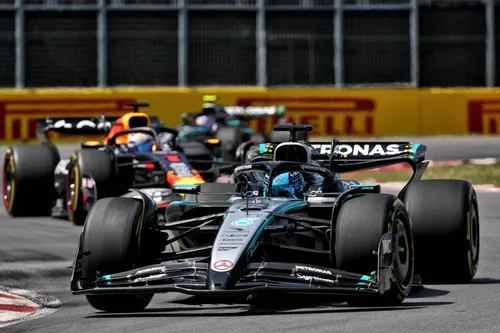
Verstappen between the two Mercedes during his first stint on mediums
The reason behind Mercedes’ great competitiveness was analysed by Russell in the post-race interviews, as he pointed out: “Coming into Canada, we knew we did have the potential to fight for pole and for the race win. There wasn't much tyre overheating even though it was hot.
“It's a very smooth tarmac here in Canada. There are quite low-speed corners, so the tyres aren't under much stress. I think we expected a bit more tyre overheating considering the track temperature, but we're under no illusions that this really suited the strengths of our car the same way as it did last year.”
The new rear suspension clearly helped, as it made the W16 much more predictable and way better on tyre management (even with high temperatures) in Canada. It’ll be, however, fundamental for Mercedes to prove their steps forward on a much more demanding circuit like Austria, where rear tyre management will be crucial to have another great race weekend.
Read also
Read more about:
Popular on GPBlog

1
Ex-driver names one circuit he would axe from F1: ‘It's completely soulless’
2183 times read

2
Sainz tipped as Alonso’s successor in potential Aston Martin move
777 times read

3
Hamilton gets backing of F1 icon after challenging Ferrari season
599 times read
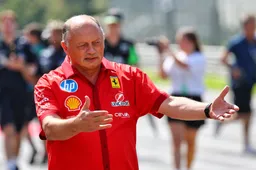
4
Vasseur's honesty questioned after late F1 2025 admission
566 times read
Loading


